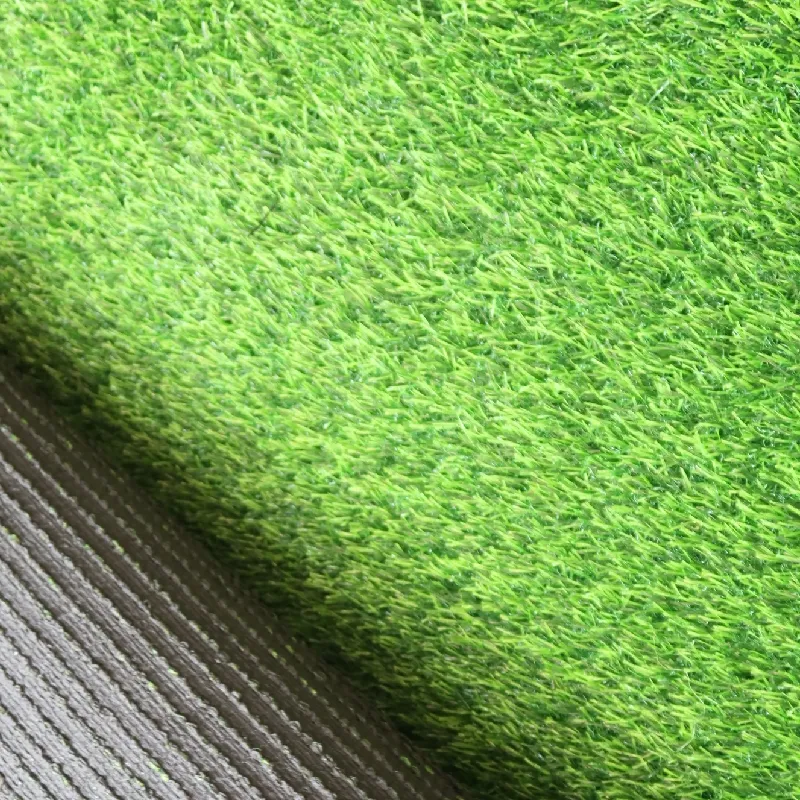
- Afrikaans
- Arabic
- Belarusian
- Bengali
- Czech
- Danish
- Dutch
- English
- Esperanto
- Estonian
- Finnish
- French
- German
- Greek
- Hindi
- Hungarian
- Icelandic
- Indonesian
- irish
- Italian
- Japanese
- kazakh
- Rwandese
- Korean
- Kyrgyz
- Lao
- Latin
- Latvian
- Malay
- Mongolian
- Myanmar
- Norwegian
- Persian
- Polish
- Portuguese
- Romanian
- Russian
- Serbian
- Spanish
- Swedish
- Tagalog
- Tajik
- Thai
- Turkish
- Turkmen
- Ukrainian
- Urdu
- Uighur
- Uzbek
- Vietnamese
drainage under artificial grass
Nov . 20, 2024 22:32 Back to list
Drainage Under Artificial Grass Importance and Best Practices
Artificial grass has gained immense popularity in recent years, transforming not just residential lawns but also sports fields, playgrounds, and commercial landscaping. One significant advantage of installing artificial grass is its low maintenance compared to natural grass. However, to ensure the longevity and functionality of these surfaces, effective drainage beneath artificial grass is paramount. This article aims to explore the importance of drainage under artificial grass and outline best practices for successful installation.
Why Drainage Matters
1. Prevention of Water Accumulation One of the primary reasons for ensuring proper drainage is to prevent water accumulation. Pools of water can form on the surface, creating an unsightly view and rendering the area unusable for activities. Proper drainage ensures that rainwater or irrigation does not collect on the surface, maintaining a safe and visually appealing environment.
2. Health and Hygiene Stagnant water is a breeding ground for bacteria and pests, including mosquitoes. Installing an efficient drainage system under artificial grass minimizes the risk of water pooling, thereby fostering better hygiene and reducing health risks.
3. Durability of the Grass Artificial turf is designed to withstand various weather conditions, but poor drainage can lead to premature wear and degradation. Excessive moisture can weaken the infill material used in artificial turf, causing it to compact or wash away. This deterioration can lead to a less resilient surface, requiring costly repairs or replacements.
4. User Comfort and Safety A well-drained artificial grass surface not only looks good but also remains safe and comfortable for users. In sports applications, poor drainage can lead to slippery conditions, increasing the risk of injuries among athletes and players.
Best Practices for Effective Drainage
To ensure optimal drainage beneath artificial grass, several best practices should be followed during installation
drainage under artificial grass

1. Site Assessment Before installation, assess the site’s topography and existing drainage patterns. This assessment helps identify potential issues, such as low spots where water tends to accumulate and areas where the natural drainage should be improved.
2. Proper Base Layer A key element in drainage involves the base layer under the artificial grass. A mixture of crushed stone and gravel is typically used to create a well-draining base. Aim for a minimum depth of 4 to 6 inches to allow for effective water movement. The base should be sloped away from structures and high-traffic areas to promote efficient drainage.
3. Drainage Pipes For larger installations or areas prone to heavy rain, incorporating drainage pipes within the base layer can significantly enhance water management. Perforated pipes can facilitate the efficient movement of water away from the artificial grass surface.
4. Geotextile Fabrics Using geotextile fabrics during installation can help separate the base materials from the underlying soil, preventing sediment from clogging the drainage layers. This enables better long-term drainage performance and improves the overall longevity of the installation.
5. Regular Maintenance After the installation, regular maintenance is crucial for effective drainage. Check for any signs of pooling or inadequate drainage and address these issues promptly. Additionally, ensure that debris, such as leaves and soil, do not accumulate on the artificial grass surface or in drainage channels.
6. Consult Professionals If in doubt, consider hiring professional installers who have experience with artificial grass and drainage systems. Their expertise can help ensure that your installation meets local regulations and effectively handles water runoff.
Conclusion
Effective drainage under artificial grass is not just an afterthought—it is an essential aspect of the installation process that affects functionality, aesthetics, and safety. By prioritizing drainage through proper planning, materials, and maintenance, homeowners and facility managers can enjoy the many benefits of artificial grass while minimizing potential issues down the line. Ultimately, investing in proper drainage techniques will go a long way in ensuring a long-lasting and beautiful artificial grass surface.
-
The Benefits of Artificial Turf for Indoors
NewsJul.15,2025
-
How Artificial Grass Suppliers Ensure Quality Products
NewsJul.15,2025
-
Artificial Grass and Pets: A Space for Relaxation
NewsJul.08,2025
-
Balcony & Outdoor Decoration with Artificial Grass
NewsJul.08,2025
-
Best Indoor Artificial Grass for Home
NewsJul.07,2025
-
Best Pet Turf for Dogs: Safe & Durable Artificial Grass Options
NewsJul.07,2025
Products categories









